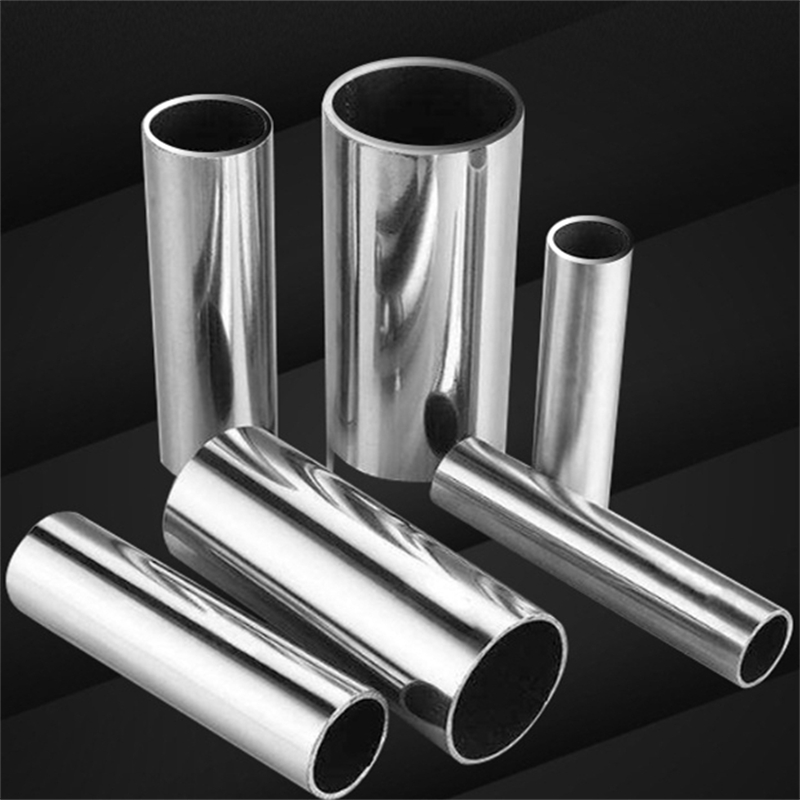There are 3 differences between 304 stainless steel and austenitic stainless steel:
First, the characteristics of the two are different:
1. Features of 304 stainless steel: 304 stainless steel is a common material in stainless steel, with a density of 7.93g/cm³, also known as 18/8 stainless steel in the industry. High temperature resistance of 800 ℃, has the characteristics of good processing performance and high toughness.
2. The characteristics of austenitic stainless steel: In addition to the corrosion resistance of oxidizing acid medium, if it contains Mo, Cu and other elements, it can also resist the corrosion of sulfuric acid, phosphoric acid, formic acid, acetic acid, urea, etc. If the carbon content in this type of steel is less than 0.03% or contains Ti and Ni, its resistance to intergranular corrosion can be significantly improved. High silicon austenitic stainless steel has good corrosion resistance to concentrated nitric acid.

Second, the use of the two is different:
1. The use of 304 stainless steel: suitable for food processing, storage and transportation. Has good processability and weldability. Plate heat exchangers, bellows, household products (Class 1 and 2 tableware, cabinets, indoor pipelines, water heaters, boilers, bathtubs); auto parts (windshield wipers, mufflers, molded products), medical appliances, building materials, chemicals, food industry , agriculture, ship parts, etc. 304 stainless steel is a nationally recognized food grade stainless steel.
2. Application of austenitic stainless steel: widely used in industry and furniture decoration industry and food and medical industry. Due to the comprehensive and good comprehensive properties of austenitic stainless steel, it has been widely used in various industries.
Third, the two categories are different:
1. Classification of 304 stainless steel: There are many classifications of 304 stainless steel pipe, the first is seamless pipe and straight seam welded steel pipe, and the second most basic classification is 304 stainless steel pipe for structure and 304 stainless steel pipe for industrial fluid transportation. Another is the division of national standard, Japanese standard, American standard and so on.

2. Classification of austenitic stainless steel: Austenitic-ferritic duplex stainless steel is a stainless steel in which austenitic and ferritic structures account for about half of each. In the case of low C content, the Cr content is 18%~28%, and the Ni content is 3%~10%. Some steels also contain alloying elements such as Mo, Cu, Si, Nb, Ti, and N.
This type of steel has both austenitic and ferritic stainless steel characteristics. Compared with ferrite, it has higher plasticity and toughness, no room temperature brittleness, and significantly improved intergranular corrosion resistance and welding performance.
At the same time, it also maintains the 475 ℃ brittleness and high thermal conductivity of ferritic stainless steel, and has the characteristics of superplasticity. Compared with austenitic stainless steel, it has high strength and significantly improved resistance to intergranular corrosion and chloride stress corrosion. Duplex stainless steel has excellent pitting corrosion resistance and is also a nickel-saving stainless steel.
Choose Hangao Tech (SEKO Machinery) high precision stainless steel welded pipe production line Austenitic tube mill machine to handle the production of stainless steel 304 and austenitic stainless steel welded pipes at the same time. The archway structure and the roller bearing are optimized to reduce the shaft runout and greatly improve the precision of the steel pipe. The forming welding section can also use a shielding gas welding box to reduce oxidation and obtain a higher quality weld.











